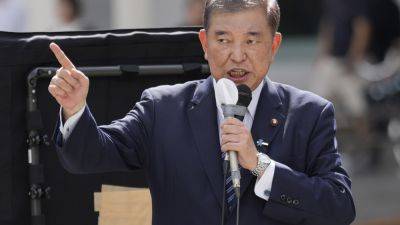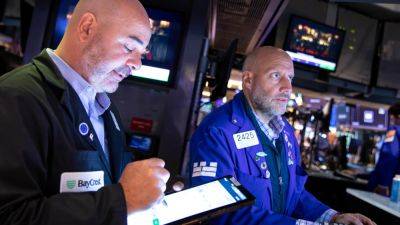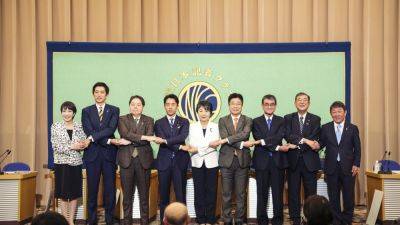Japan’s Ishiba needs China to thrive to survive
TOKYO — As Japan’s new prime minister sets out to hasten growth in Asia’s second-biggest economy, Shigeru Ishiba is about to learn the hard way that it’s really up to China.
Washington, too, where officials are stepping up efforts to ensure the US avoids the recession economists have been predicting for years. Beijing and Washington’s pivots toward stimulus will do more for Japan than anything lawmakers in Tokyo might muster in the months ahead.
An added challenge as Ishiba, 67, grabs the baton from Fumio Kishida will be lasting more than a year in power. Though Kishida’s been around for three years, and mentor Shinzo Abe lasted nearly eight from 2012 to 2020, Japanese premiers tend to get 12 months to make their mark. And history shows most don’t.
Japan must hold its next general election by October 2025. The clock is already ticking as Japan’s new government inherits a uniquely lopsided economic trajectory.
On the one hand, the inflation Tokyo had been craving for 25 years has arrived. And the Bank of Japan is finally trying to normalize a super-aggressive interest-rate regime.
On the other, that very rising-price dynamic is tanking household and business confidence. Japan really is the economic equivalent of the dog that caught the car as consumers miss deflation, which many viewed as a stealth tax cut.
This balancing act proved too much for Kishida, who took power in early October 2021. Ostensibly, Kishida’s dismal approval ratings reflected political funding scandals within his Liberal Democratic Party. In reality, it was an underperforming economy that ended his tenure prematurely.
Kishida did himself no favors by prioritizing foreign policy over economic reforms. Question is, will Ishiba, a former defense







